Kinhtedothi - On December 12, Prime Minister Pham Minh Chinh signed Decision No. 1569/QD-TTg approving the Hanoi Capital Planning for the 2021-2030 period, with a vision to 2050.
Accordingly, the planning scope and boundary includes the entire territory of Hanoi Capital with a total natural area of 3,359.84 km2.
People are the center of development
The Hanoi Capital Planning is established with a "new vision - new global thinking, Capital thinking and Hanoi action", creating "new opportunities - new values" to develop the "Cultured - Civilized - Modern" Capital in the short and long term, according to Resolution No. 15-NQ/TW dated May 5, 2022 of the Politburo , contributing to bringing the country into a new era, the era of the Vietnamese people's rise.
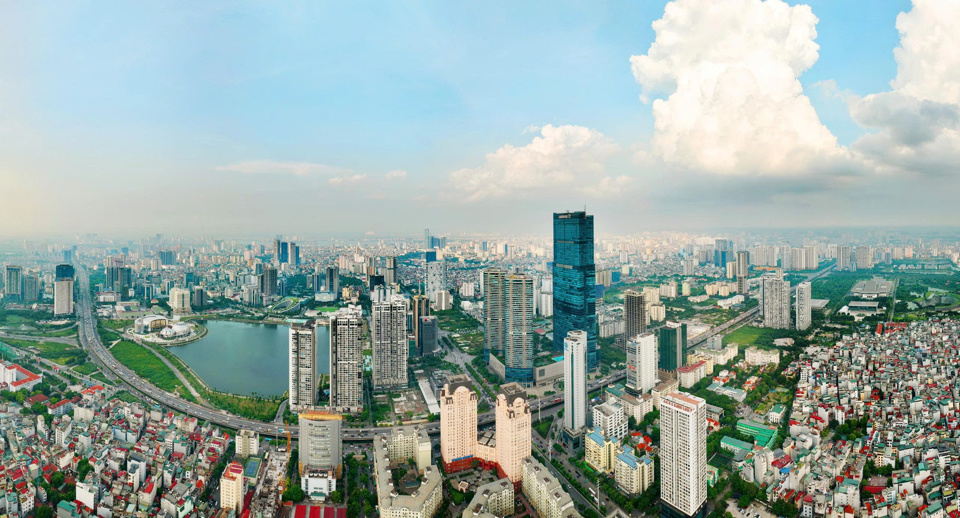
This proposed plan is based on cultural, cultural, civilized and modern elements, with the development philosophy: "Displaying talents; Unleashing intelligence; Spreading humanity; Harmonizing with nature; Progressing with the times".
The core view of the planning is that “people are the center of development”, with the image of Hanoi Capital being shaped: “Cultural capital - globally connected, elegant and splendid - harmonious development - peaceful and prosperous - serving government - devoted businesses - trusting society - happy people”.
The plan sets out 5 general development perspectives, in which the development of the Capital is consistent with the country's socio -economic development strategy, with the national master plan and the planning of the Red River Delta. Arousing the aspiration to develop a "Cultured - Civilized - Modern" Capital, green, smart, on par with the capitals of developed countries in the region and the world.
Developing new urban models according to specific functions
In terms of spatial organization, Hanoi is arranged and distributed with economic and social development space according to the center-line structure of corridors, economic belts and development axes, along with a synchronous transport infrastructure system for socio-economic development, regional, national and international connectivity; closely linking the industrialization and modernization process with urbanization; harmoniously developing urban and rural areas.
Develop and exploit effectively and harmoniously 5 spaces: public space, overhead space, underground space, cultural - creative space and digital space.
The Red River is the green axis, the central landscape axis of the Capital, a cultural heritage, tourism and service space, connecting the Capital region and the Red River Delta region.
Urban space is developed according to the model of central urban areas and cities in the capital, satellite cities, and ecological towns. Developing new urban models according to specific functions: traffic-oriented urban areas (TOD), science and technology urban areas, airport urban areas, tourist urban areas, etc.
Developing rural space ensures harmony between urbanization, economic development, preservation of cultural identity and protection of natural landscape and environment; creating modern living conditions while still maintaining traditional characteristics; preserving and promoting the values of natural landscape, cultural and historical values.
5 key tasks and 4 breakthroughs
The development goal to 2030 is to develop the capital Hanoi as "Cultured - Civilized - Modern", green, smart, a place where cultural quintessence converges, deeply integrated internationally, highly competitive, with a development level equal to the capitals of developed countries in the region; to be the center, the driving force for the development of the Red River delta region, a growth pole with a leading role in the country's economy, with influence in the region; to be a major financial economic center; a leading center for education - training, healthcare, science and technology and innovation; a peaceful city, happy people.
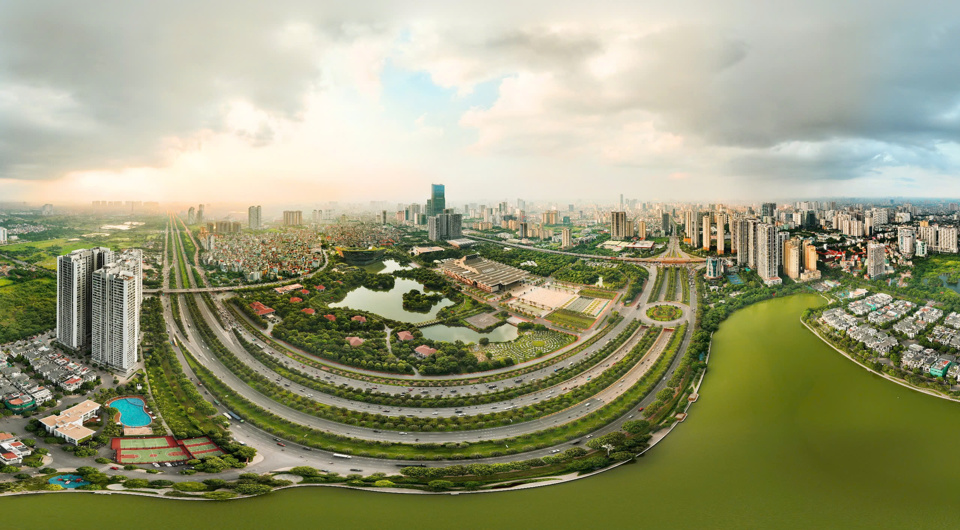
Vision to 2050, Hanoi Capital is a global, green - smart - peaceful - prosperous city, worthy of representing the position of a strong and prosperous Vietnam; economy, culture, society develop comprehensively, uniquely, representing the whole country; have the leading development level in the region, on par with the capitals of developed countries in the world; is a place worth visiting and staying, a place worth living and contributing. People have a high standard of living and quality of life.
Average GRDP per capita is about 45,000 - 46,000 USD; urbanization rate is about 80 - 85%.
The five key tasks set out are environmental and landscape protection; urban and rural development; economic development; cultural and social development; and science, technology and innovation development.
The four breakthroughs include: institutions and governance; synchronous, modern and connected infrastructure; development of high-quality human resources, science and technology and human resources; urban areas, environment and landscape.
The plan sets out the development directions for important sectors such as services (trade, tourism, financial services, banking, insurance, logistics services), industry and construction; agriculture, forestry and fisheries; digital economy; development directions for sectors and fields such as culture, healthcare, public health care, education and training, physical education and sports, employment, social security, science and technology, national defense and security, and foreign affairs.
5 development spaces, 5 economic corridors and belts
The plan for organizing socio-economic activities is to reasonably organize socio-economic activities in the capital city of Hanoi according to the model: 5 development spaces - 5 economic corridors and belts - 5 development driving axes - 5 economic and social regions - 5 urban regions.
Of which, 5 development spaces include overhead space, underground space, public space, creative cultural space and digital space.
The economic corridors and belts of the Capital are formed on the basis of economic corridors identified in the National Master Plan.
5 dynamic axes include: Red River axis; West Lake - Co Loa axis; Nhat Tan - Noi Bai; West Lake - Ba Vi and the Southern axis.
5 socio-economic regions: Central region (including historical inner city area; central urban area and expanded central urban area in the South of the Red River); Eastern region; Southern region, Western region and Northern region.
5 developed urban areas include: Central urban area, Western urban area, Northern urban area, Southern urban area and Son Tay - Ba Vi urban area.
Urban cluster model organization
Hanoi urban area is oriented to develop with its own identity of the Capital "Cultured - Civilized - Modern", is a leading model in developing green, smart, circular urban areas, synchronous and modern infrastructure; creating a civilized living environment, attracting investment and creating jobs, sustainable development. Urban space development is closely combined with the safe and effective use of underground space, ensuring economical use of land, environmental protection and security and defense requirements.
Preserve, renovate and embellish the historical inner city area, the ancient citadel of Son Tay, the old quarters and old streets associated with valuable architectural works to exploit and promote cultural and historical values to serve the development of sustainable services and tourism. Review and develop plans to renovate and embellish old apartment buildings and low-rise self-built housing areas in the inner city area into new modern urban areas with synchronous services and civilized living environment.
Develop TOD urban model in areas with railway stations to expand development space, create convenient and modern living space with synchronous service infrastructure, meeting people's needs.
Forming a city model in the Capital to create growth poles, new development drivers, promote widespread and harmonious development between urban and rural areas, and create specific institutions to exploit the unique potentials and advantages of each region.
The urban system of Hanoi Capital is organized according to the urban cluster model including the central urban area, radial urban axes, and cities in the capital. Rural areas are organized according to 3 typical models: the traditional model, not located in the urbanized area; the rural model located in the urbanized area and the rural model of ancient villages and craft villages.
The Hanoi Capital Planning also includes plans for developing functional areas, plans for developing technical infrastructure, plans for land allocation and zoning, plans for district construction planning, plans for environmental protection, exploitation, use, protection of resources, diversification of activities, natural disaster prevention and response to climate change.
List of projects and tasks expected to be prioritized for implementation is in the appendix attached to the decision.
The plan also includes solutions and resources for implementation. Accordingly, the solutions include mobilizing and using investment capital, solutions for human resource development, solutions for environmental protection, solutions for science and technology; solutions for development linkage policy mechanisms; solutions for management, control, and urban and rural development; solutions for organizing implementation and monitoring the implementation of the plan.
The Decision emphasizes that the Hanoi Capital Planning for the period 2021 - 2030, with a vision to 2050, is the basis for implementing urban planning, rural planning, technical and specialized planning in the Hanoi Capital area.
The Prime Minister clearly stated the responsibilities of the Hanoi People's Committee, ministries, ministerial-level agencies, and relevant government agencies in implementing the planning; proposed policy mechanisms, solutions, and mobilized and allocated resources to effectively implement the planning's goals and orientations.
The Decision comes into force from the date of signing and promulgation.
Source: https://kinhtedothi.vn/tam-nhin-moi-tu-duy-moi-toan-cau-tu-duy-thu-do-va-hanh-dong-ha-noi.html




![[Photo] General Secretary To Lam receives Chief of the Central Office of the Lao People's Revolutionary Party](https://vphoto.vietnam.vn/thumb/1200x675/vietnam/resource/IMAGE/2025/5/30/140435f4b39d4599a3d17975dfb444c5)
![[Photo] A delegation of 100 journalists from the Vietnam Journalists Association visits the soldiers and people of Truong Sa island district.](https://vphoto.vietnam.vn/thumb/1200x675/vietnam/resource/IMAGE/2025/5/30/0984a986227d4e988177f560d2e1563e)
![[Photo] Journalists moved to tears at the Memorial Service for the soldiers who died in Gac Ma](https://vphoto.vietnam.vn/thumb/1200x675/vietnam/resource/IMAGE/2025/5/30/9454613a55c54c16bf8c0efa51883456)
![[Photo] National Conference "100 years of Vietnamese Revolutionary Press accompanying the glorious cause of the Party and the nation"](https://vphoto.vietnam.vn/thumb/1200x675/vietnam/resource/IMAGE/2025/5/30/1cf6cd5c8a934ebfa347028dcb08358c)




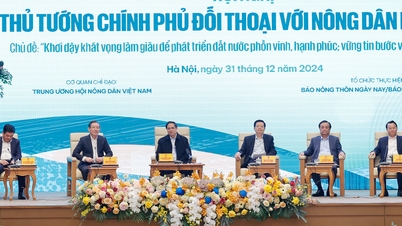
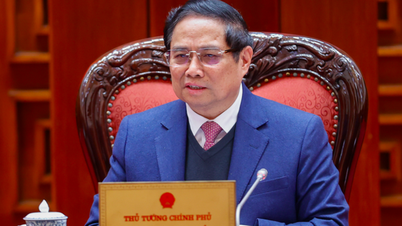

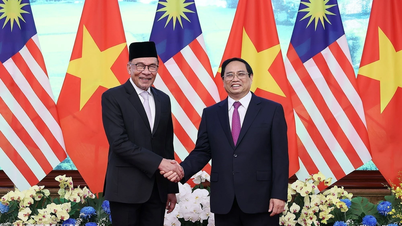

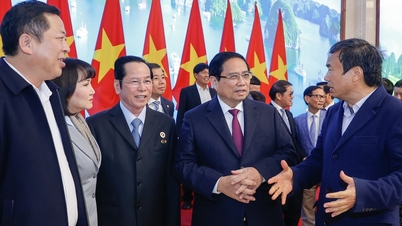
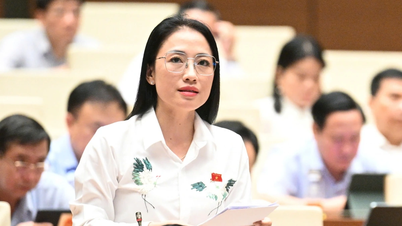

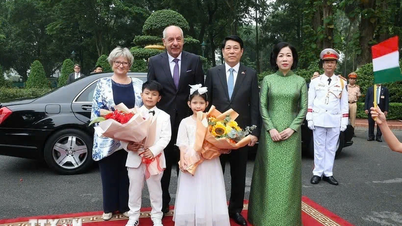

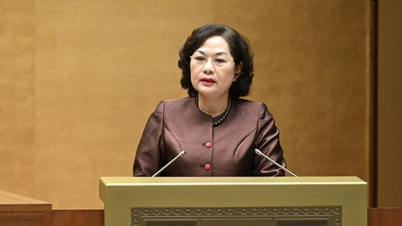

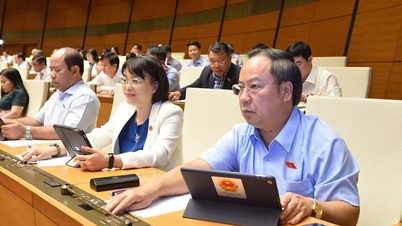

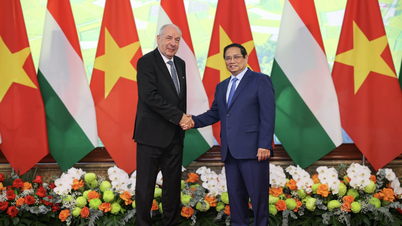

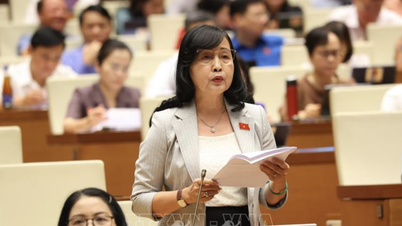





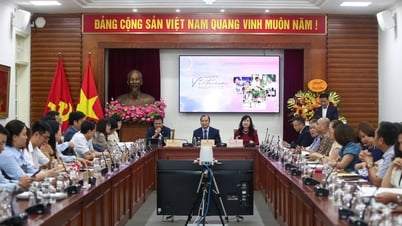
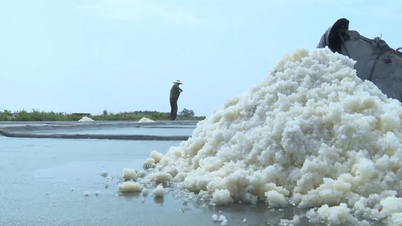
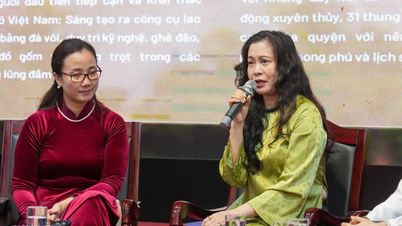

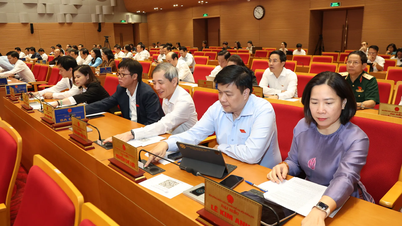





















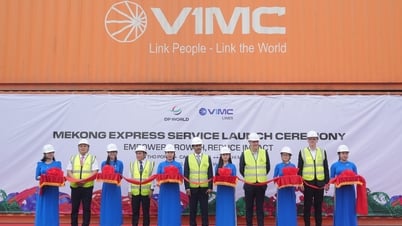

















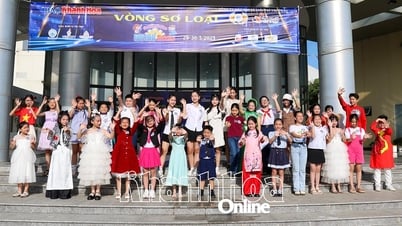

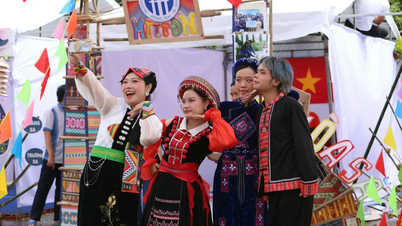

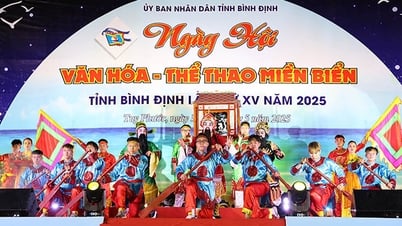














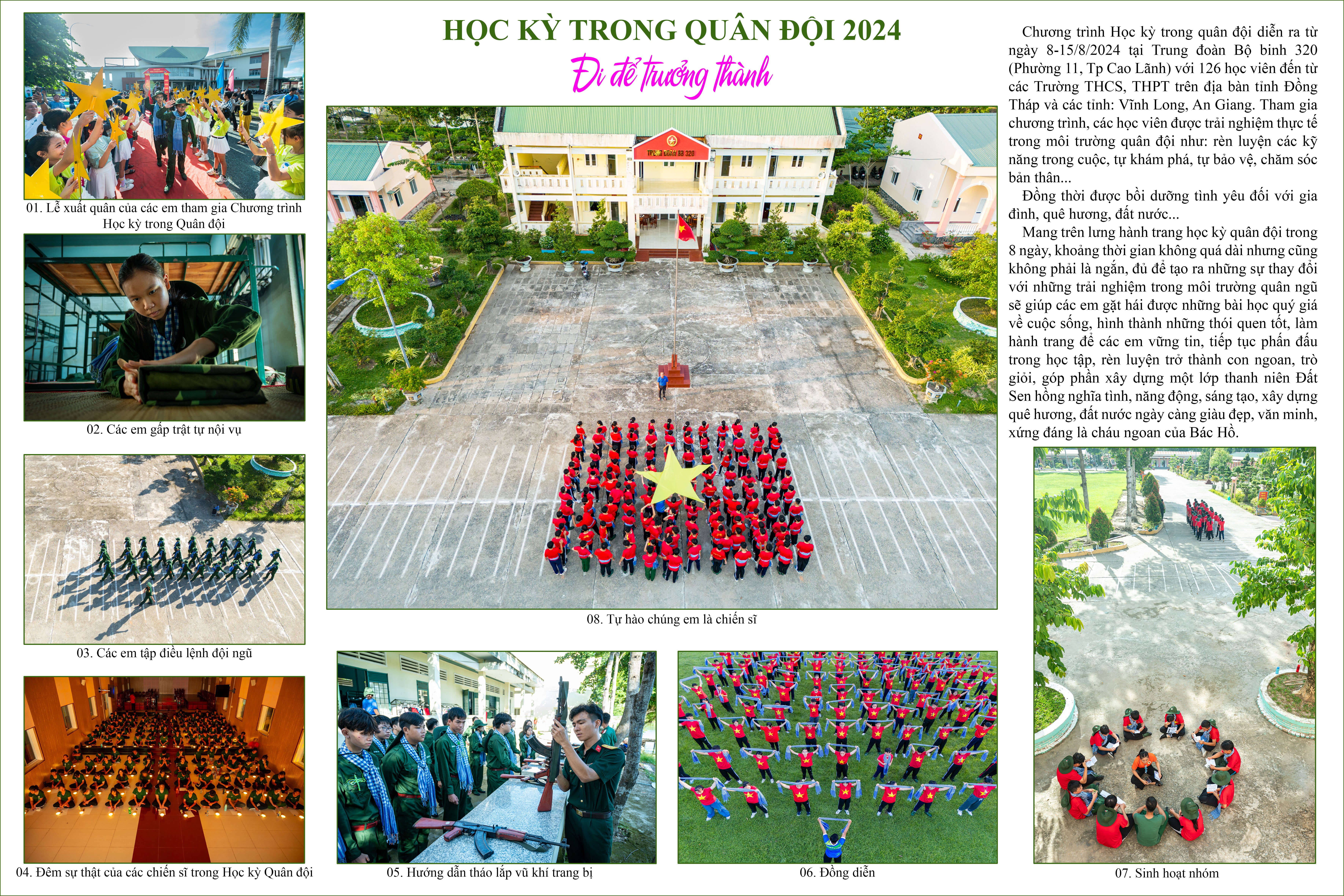



Comment (0)